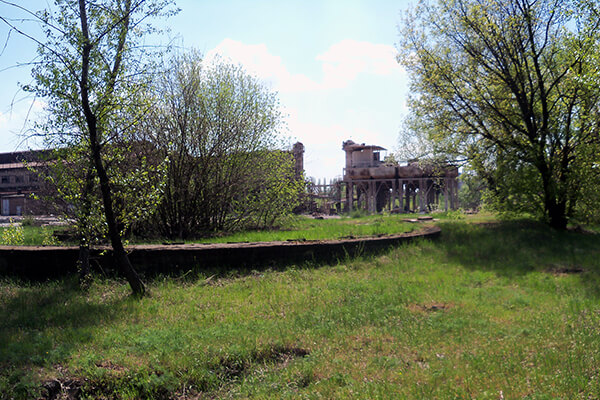
Dneproshina - the flagship of the tire industry of the Soviet Union, cut into metal
Abandoned plant of OJSC «Dneproshina» – Dnepropetrovsk region, Ukraine.
Dneproshina, cut into metal, was the flagship of the tire industry of the union, at the time of its foundation it had the most modern equipment and technologies in the country, which were supplied to us by England. Later, during the construction of new plants, Dnepropetrovsk tire manufacturers participated in their launch and trained personnel, including training Cuban specialists.
Thanks to the Research Institute of the Tire Industry, the Research Institute of the Rubber Industry and the Department of Rubber Technology of the Institute of Chemical Technology located in the city, all advanced technologies for the production of tires and rubber products were mastered first in Dnepropetrovsk, and only then in other enterprises of the Union.
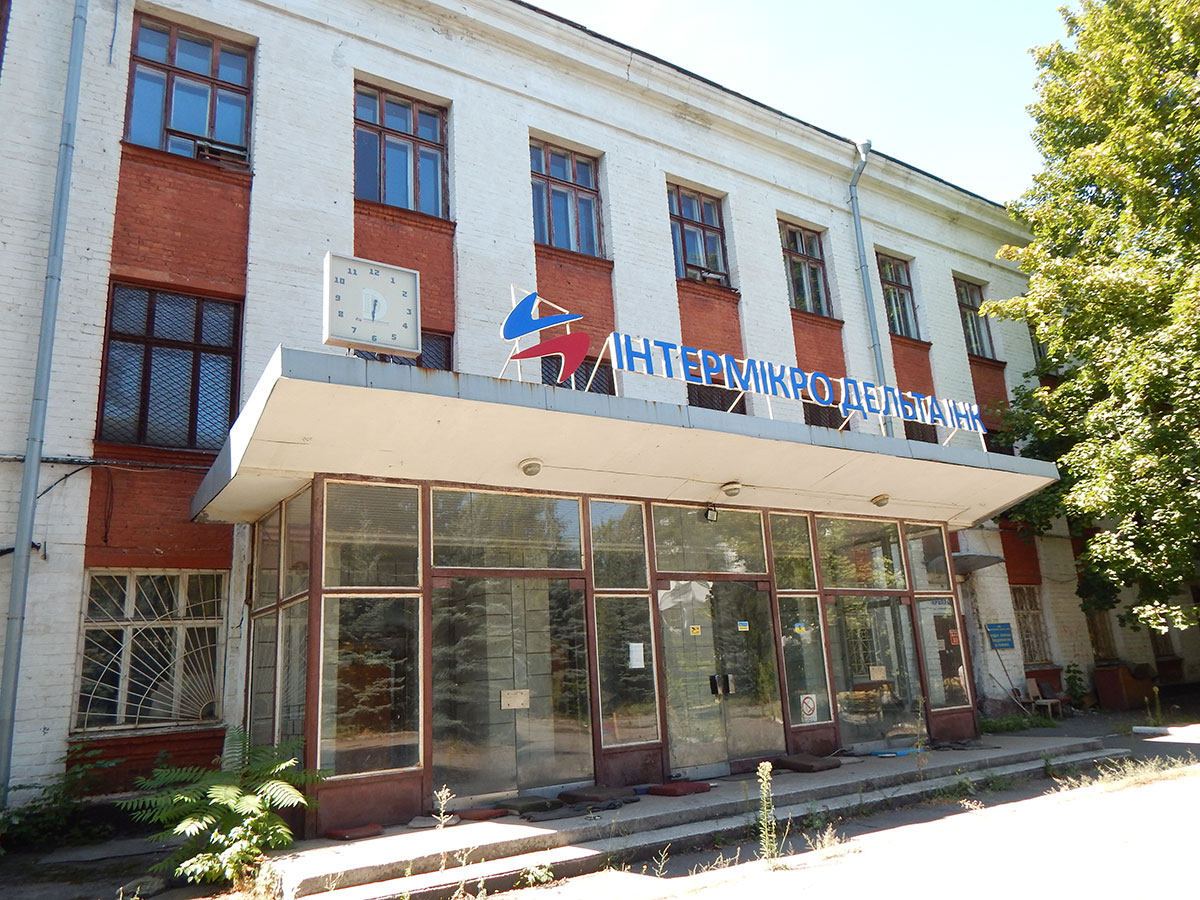

Introduction
On the outskirts of the Shevchenkovsky district of the city of Dnipro, along Boris Krotov Street, one of the giants of the chemical industry, whose history began in 1956, is being finished – the Dneproshyna Association.
Once producing a whole range of rubber products, this means not only tires for trucks and cars, mining dump trucks, agricultural and military equipment, but also a variety of rubber products, such as oil seals, gaskets, cuffs, armored and reinforced hoses, including those with antistatic properties for fuel dispensers, wheel chocks for car wheels and many others. Once, on special order, they even made rubber batons for law enforcement agencies. The plant belonged to the strategic enterprises of the union, as evidenced by the presence on its territory of warehouses of state reserves with a constantly updated assortment of raw materials, which made it possible in wartime to work for three months without supplies and produce military products.
The enterprise existed until 2008 – production was completely stopped, and after a short bureaucratic red tape, the assets of the enterprise began to be sold and, in parallel, the equipment that could not be sold was cut into scrap metal.
The same fate befell the isotope laboratory located next to the enterprise, which was also completely torn apart, and the huge bomb shelter, which belonged to the transport workshop of the enterprise and was used in peacetime as boxes for cars, now it is used as a vegetable warehouse. But that’s another story…

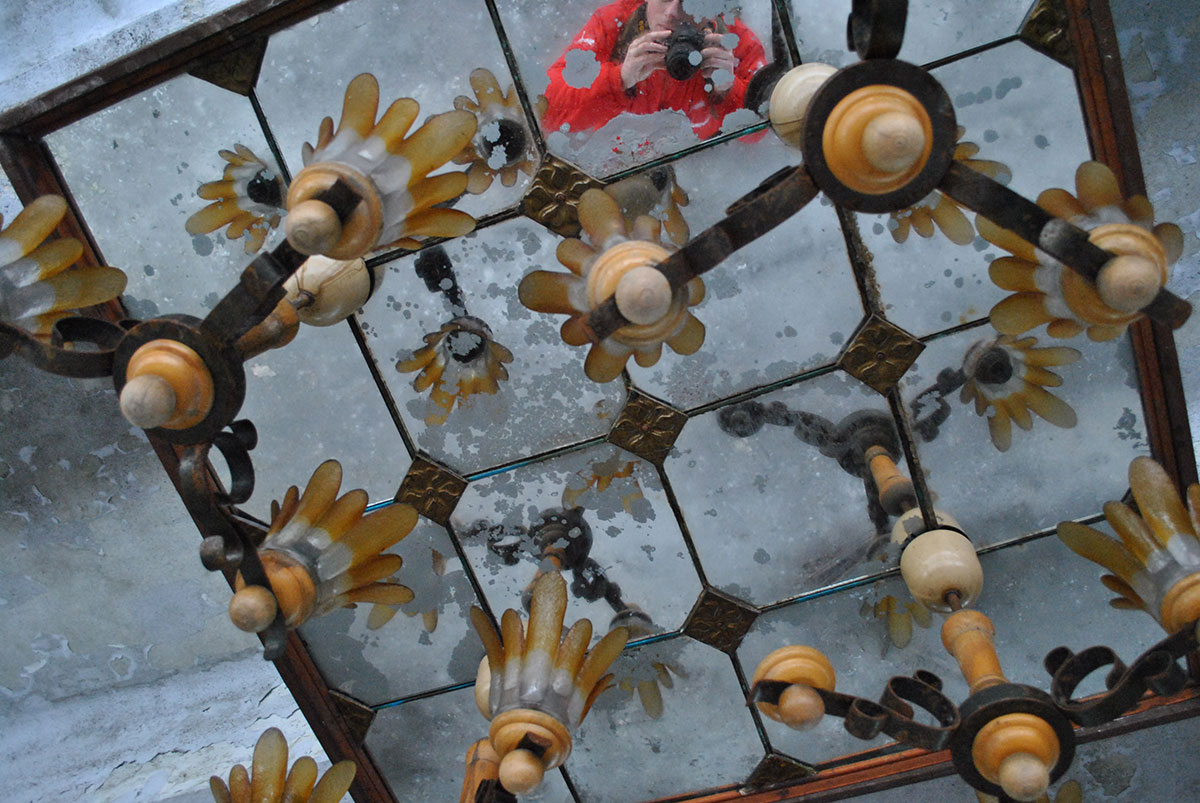
Factory history
As already mentioned above, the beginning of the construction of the tire giant, then it was called “Dnepropetrovsk Tire Plant named after the XXV Congress of the CPSU”, started in 1956, and five years later its first stage was put into operation. It is noteworthy that all the equipment of the plant consisted entirely of components supplied by England. Locksmiths repairing equipment noted the excellent quality of English steel. Domestic equipment of the second stage of the plant was inferior in quality to the then outdated English equipment. It is surprising that until the last days of the enterprise’s operation, the electric cart remained in working condition, which served the instrumentation and automation shop for half a century.
The first tires that came off the assembly line were the so-called massive tires, or bandage, and were intended for industrial equipment. Literally a year later, the production of motorcycle tires was mastered. During the period of a total shortage of tires, the production of welding a new tread onto worn tires was also established.
In the period from 1969 to 1980, the production of large-sized tires for tractors and heavy equipment was fully mastered at the production of KGSh.
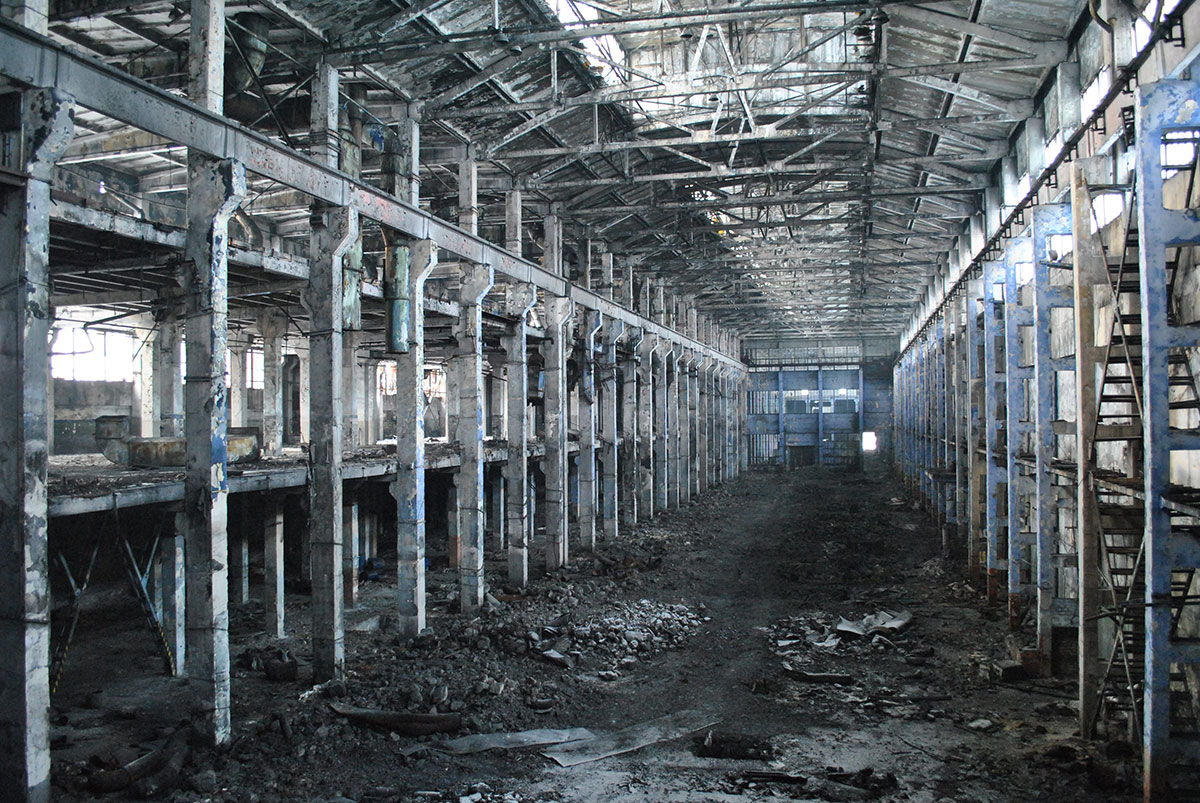
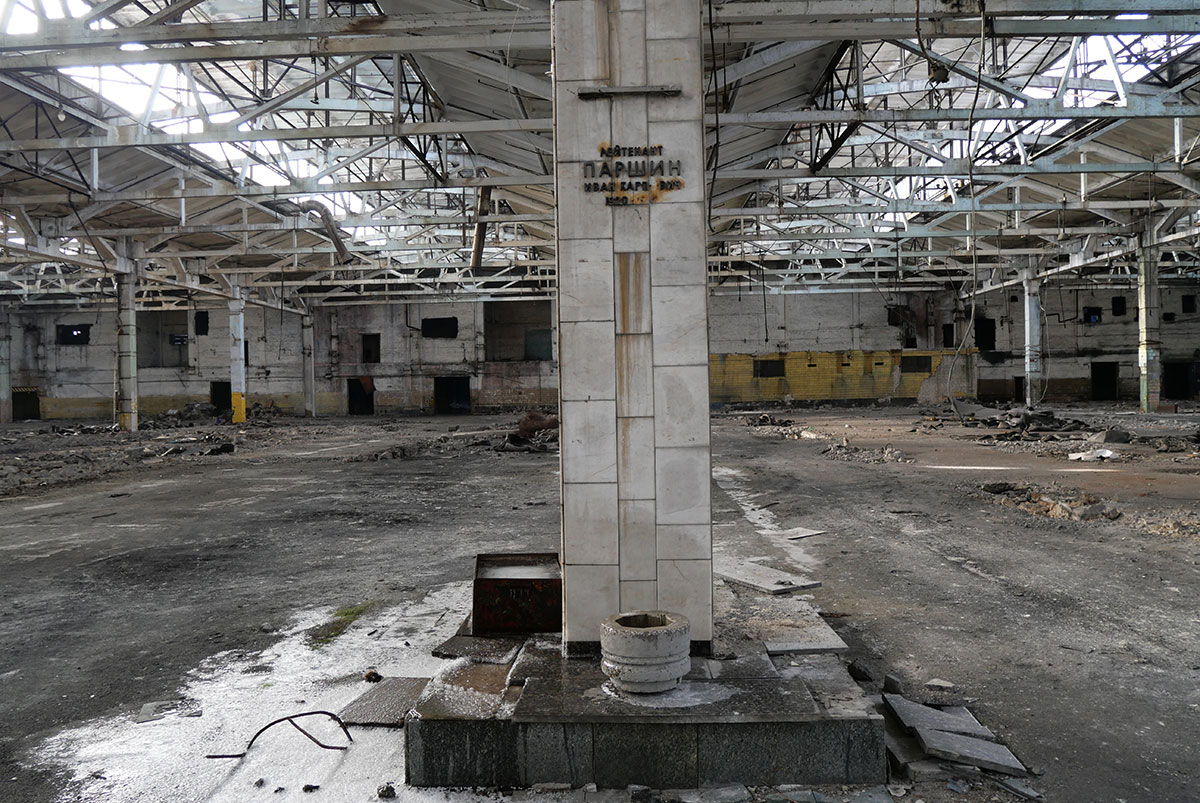
The company consisted of:
The area of the enterprise is huge, it owned the following facilities:
- Factory management building.
- Production of KGSh.
- Production MGSH.
- Scientific and technical library.
- Central factory laboratory.
- Test shop.
- 2 boiler houses, near one of which there were greenhouses of the household workshop, in which seedlings, flowers and vegetables were grown.
- Three administrative buildings.
- Information and Computing Center.
- Two workshops for the preparation of raw materials.
- Rubber warehouses.
- Warehouses of chemicals.
- Soot warehouse.
- Warehouses for finished products.
- Central material warehouse.
- Warehouse for temporary storage of production waste.
- Motorcycle Tire Workshop.
- Motor transport workshop with a platform for loaders and tractors and a car section.
- Railway shop.
- Three filling stations for cars and one for diesel locomotives.
- Workshop of internal electric transport.
- Electrical shop with several substations.
- Repair and construction shop.
- Repair and mechanical shop.
- Household shop with laundry and photo lab.
- Steam and water supply shop.
- Compressor.
- Ventilation area.
- Fire extinguisher recharging area.
- Several free-standing and built-in canteens in the administrative and amenity buildings, including round-the-clock and dietary canteens.
- Factory of rubber products.
- Civil defense facilities (bomb shelters), equipped and staffed according to standards and used in peacetime as a shooting range, garage, etc., capable of accommodating all the personnel of one of the working shifts plus a day shift.
- Technical Training and Human Resources Building.
- Full-fledged clinic with a driver’s commission.
- Housing and Communal Department.
- The Shinnik catering complex, which served all canteen enterprises, as well as cafes and canteens located in hostels.
- Male, female and family hostels.
- Recreation center in Peschanka and pioneer camps in Pridneprovsk and in the Bakhchisarai region of Crimea.
- Water Sports Base on Monastyrsky Island, which had a passenger ship-water jet.
- Sanatorium-Dispensary.
- Cultural and sports complex “Shinnik”, on the stage of which famous artists performed. The sports hall hosted international competitions. Creative teams won prizes at prestigious competitions.
- Unfinished high-rise building of the engineering building, subsequently demolished and a parking lot built in its place.
- The fire department, which is on the balance sheet of the enterprise, which has a sports hall for training and a depot for fire trucks.
*Almost all workshops were connected by underground collectors with pipelines of water, superheated steam, gasoline pipelines with “galosh” gasoline, electrical cables, transport systems of belt conveyors and above-ground chain transport systems. Programmed telphers with tire parts and raw materials moved along the monorails, which, with the help of switching arrows, reached the right place and lowered the push-button station to control the unloading.
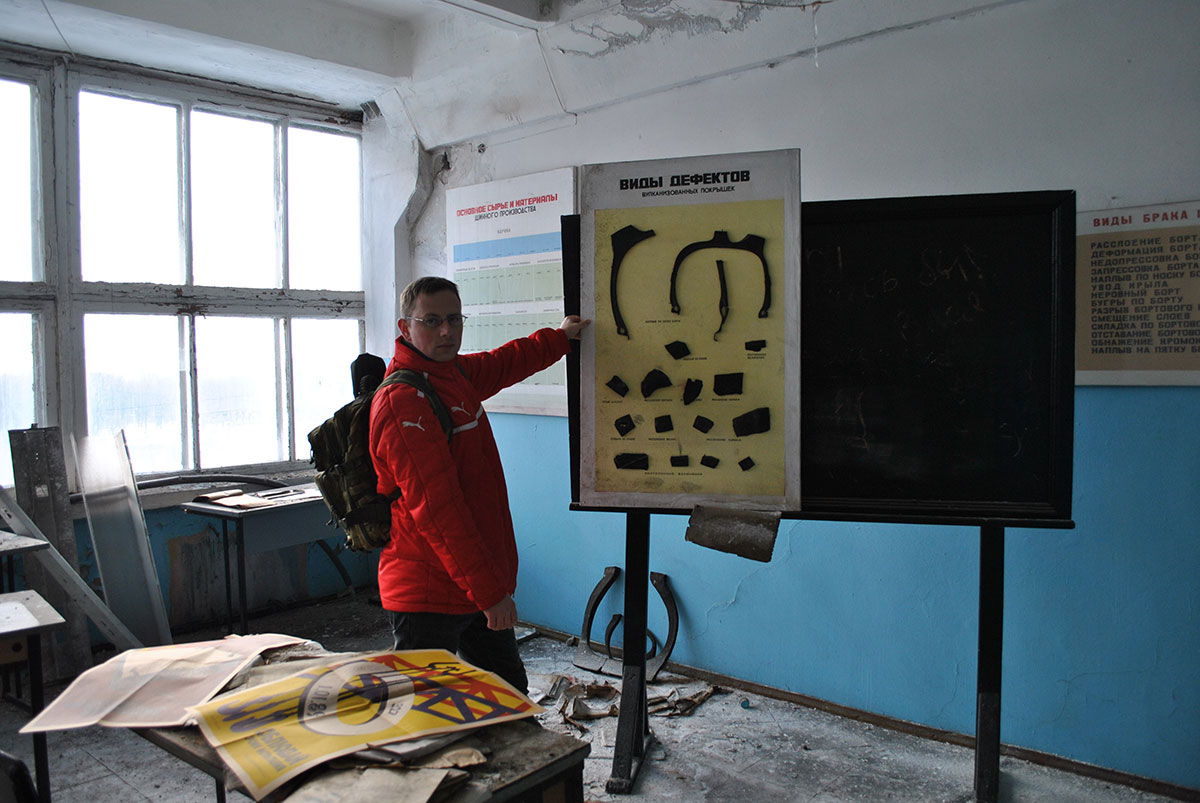
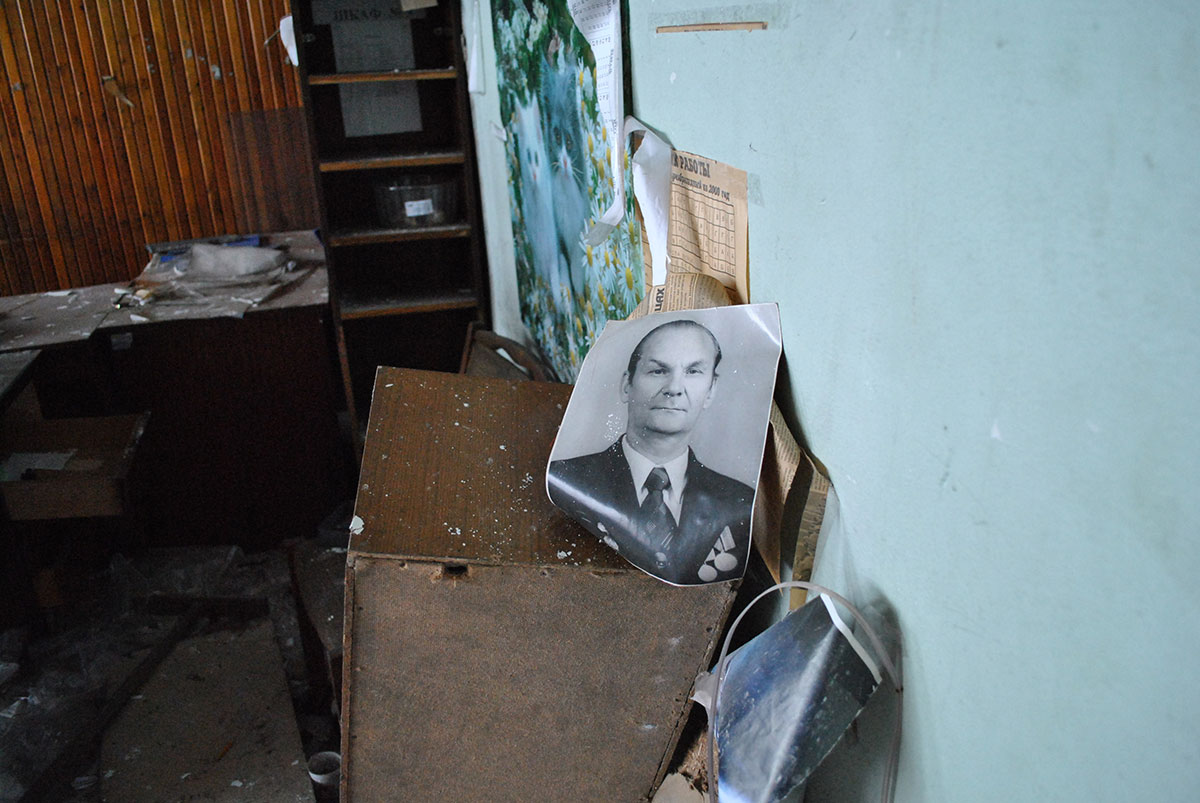
Reason for stopping the plant
The reason for all this is banal – bankruptcy. I don’t think it makes sense to figure out who, why and how it happened to ruin the enterprise, and it’s clear, you can only say the following in terms of facts: over the years of independence, russia, on the territory of which all synthetic rubber plants were located, tried by all means to make ukrainian products not competitive not only in the world market, but also in the post-soviet space. Subsequently, the bankrupt enterprise was bought out and cut into scrap metal.
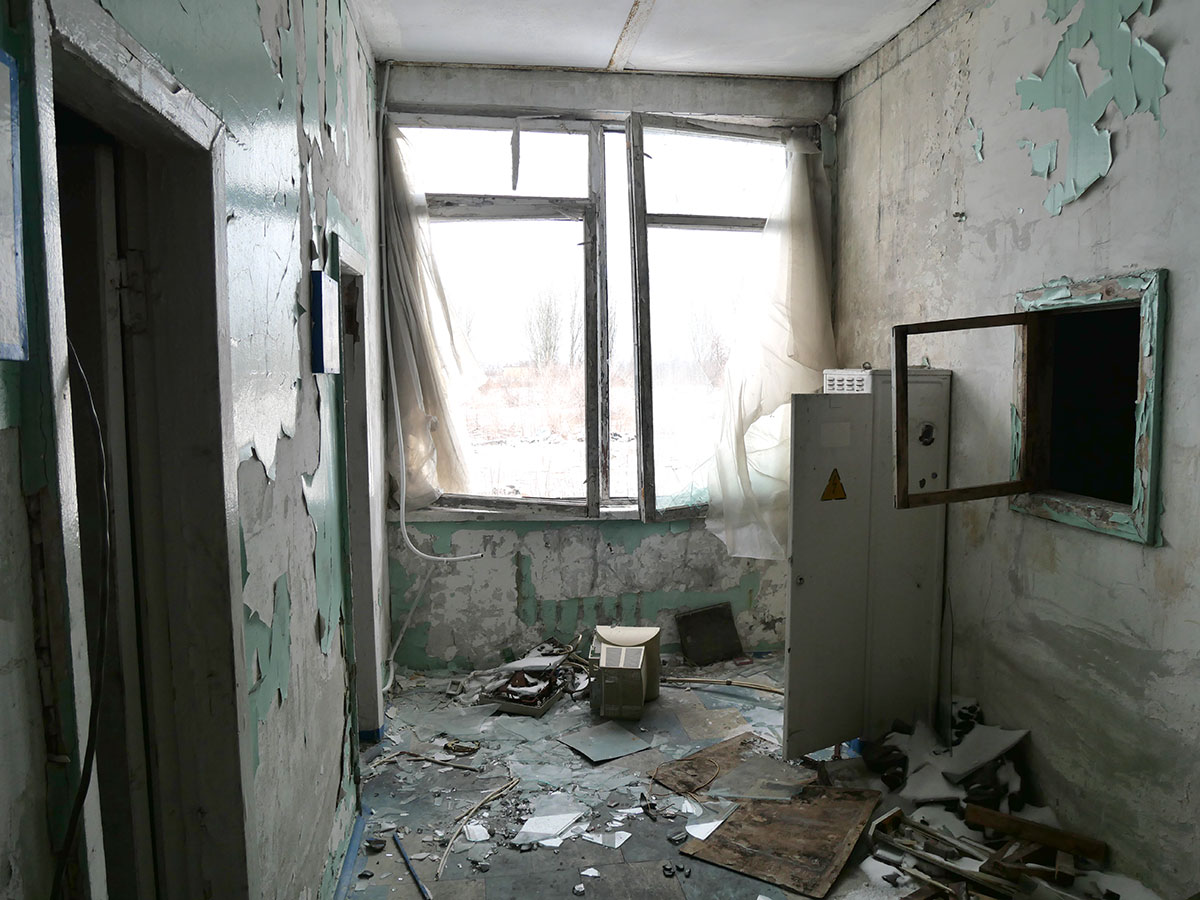
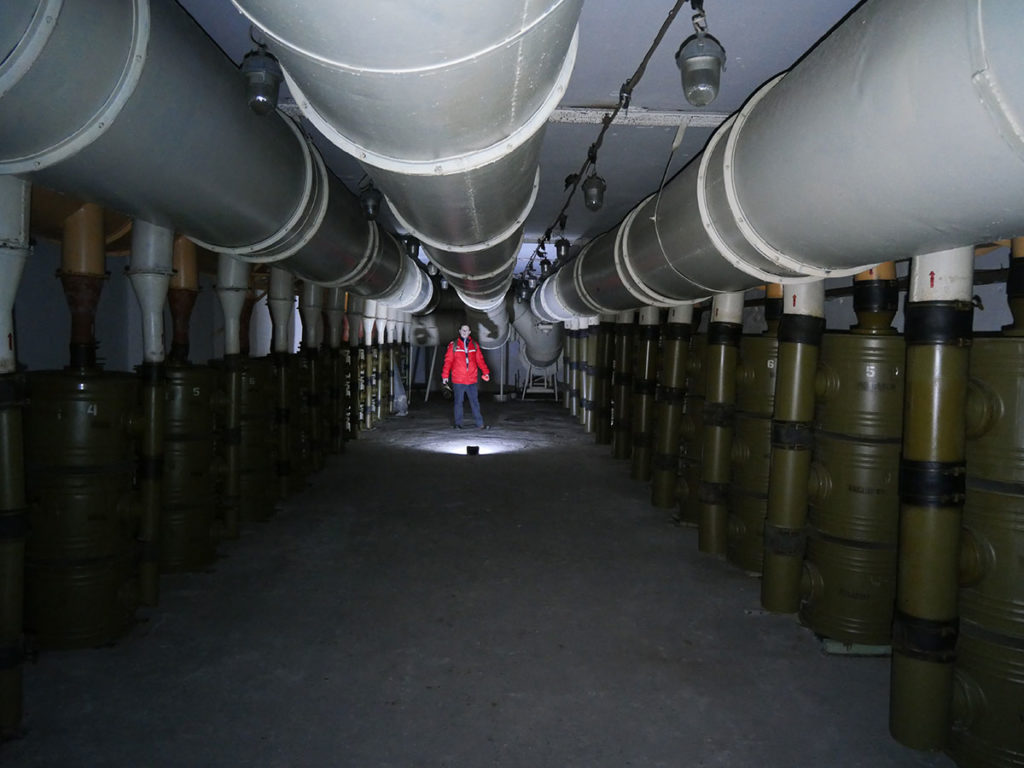
What now?
Now the plant is a completely empty workshop, in some places with collapsed floor slabs. A year ago, when I was there, the equipment was finished in places, taking out a valuable resource by trucks, and on the spot one of the workshops was already planned to place a sorting terminal for Ukrposhta.
The co-author of this article is a former engineer for labor protection and traffic safety of the transport department of OAO «Dneproshina» Viktor Voloshin.




